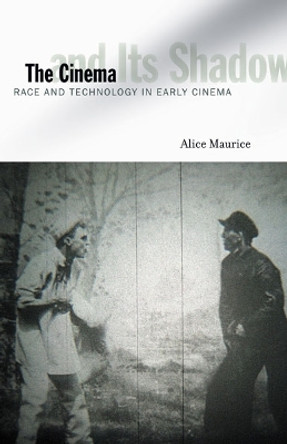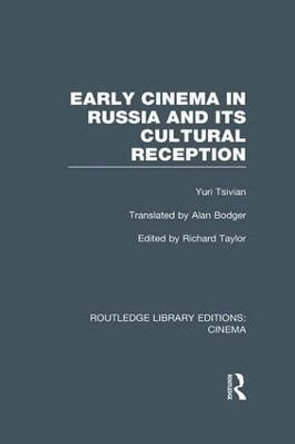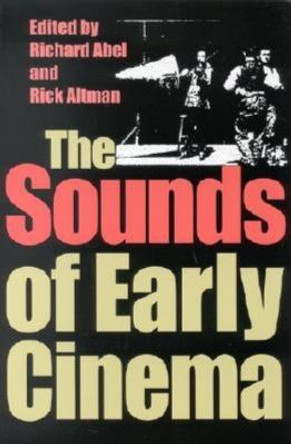Description
The Cinema and Its Shadow argues that race has defined the cinematic apparatus since the earliest motion pictures, especially at times of technological transition. In particular, this work explores how racial difference became central to the resolving of cinematic problems: the stationary camera, narrative form, realism, the synchronization of image and sound, and, perhaps most fundamentally, the immaterial image-the cinema's "shadow," which figures both the material reality of the screen image and its racist past.
Discussing early "race subjects," Alice Maurice demonstrates that these films influenced cinematic narrative in lasting ways by helping to determine the relation between stillness and motion, spectacle and narrative drive. The book examines how motion picture technology related to race, embodiment, and authenticity at specific junctures in cinema's development, including the advent of narratives, feature films, and sound. In close readings of such films as The Cheat, Shadows, and Hallelujah!, Maurice reveals how the rhetoric of race repeatedly embodies film technology, endowing it with a powerful mix of authenticity and magic. In this way, the racialized subject became the perfect medium for showing off, shoring up, and reintroducing the cinematic apparatus at various points in the history of American film.
Moving beyond analyzing race in purely thematic or ideological terms, Maurice traces how it shaped the formal and technological means of the cinema.
About the Author
Alice Maurice is associate professor of English at the University of Toronto. Her articles have appeared in journals including Camera Obscura, Moving Image, and Cinema Journal.
Reviews
"The Cinema and Its Shadow will make it impossible to teach and write about the narrative/technological history of cinema without paying attention to race. This is a wonderful book." -Sabine Haenni, author of The Immigrant Scene: Ethnic Amusements in New York, 1880-1920
"An excellent volume for anyone interested in early cinema, racial representation, and cinematic technology."-CHOICE
"Alice Maurice's scholarship is deftly written and phenomenally useful to those who study American racism."-Journal of American Culture
"Presents a challenging and unique approach not only to black film studies and Asian film studies but also to the study of cinema as a whole."-Black Camera
Book Information
ISBN 9780816678051
Author Alice Maurice
Format Paperback
Page Count 288
Imprint University of Minnesota Press
Publisher University of Minnesota Press
Dimensions(mm) 216mm * 140mm * 38mm
Details
Subtitle: |
Race and Technology in Early Cinema |
Imprint: |
University of Minnesota Press |













